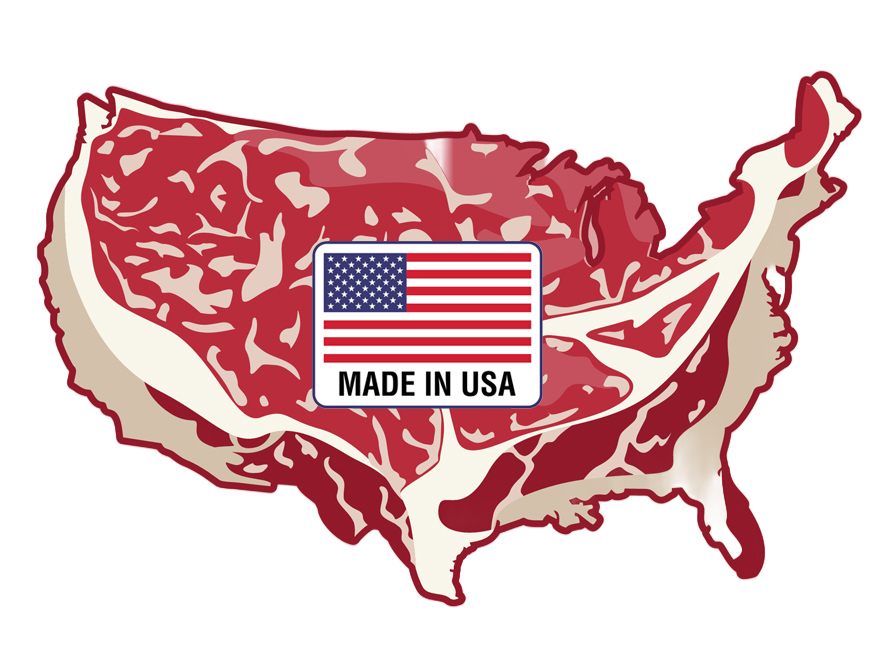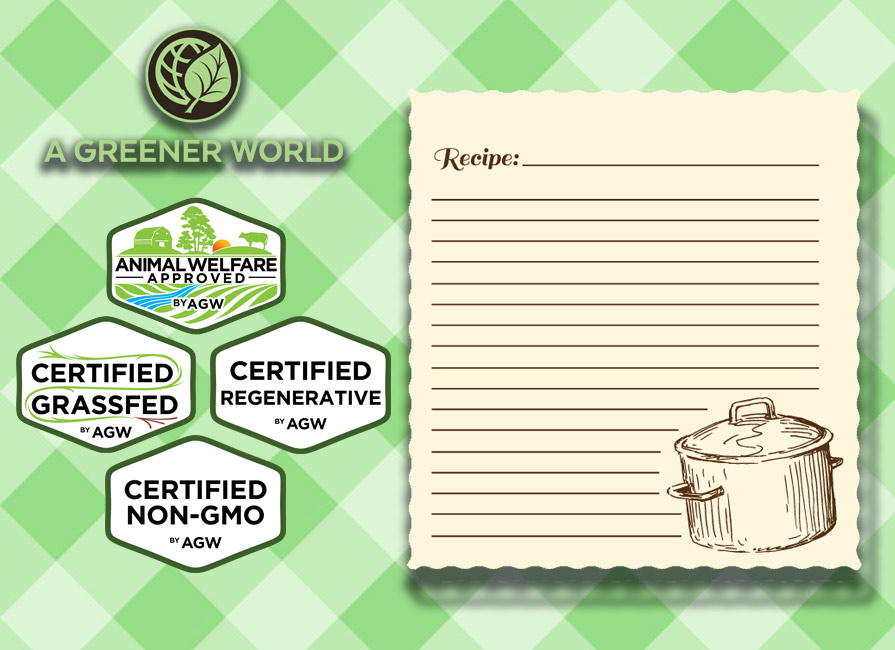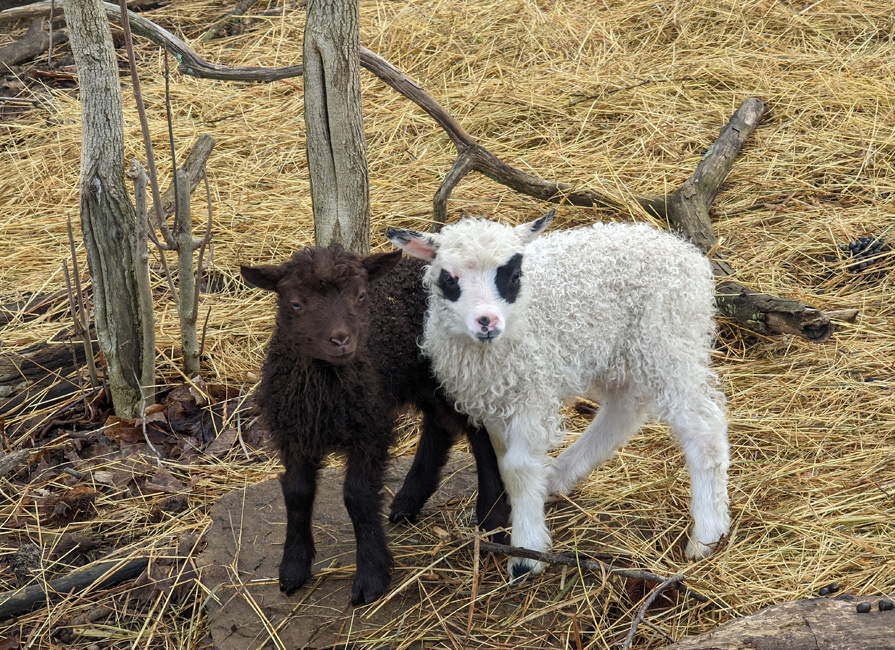In today's increasingly food-conscious world, consumers expect a label to mean what it says—including the…
The Rise of E. coli O157:H7 Means It’s Time to Stop Gambling With Our Health
 The October 4, 2009 New York Times story, “E. coli Shows Flaws in Beef Inspection,” is a chilling reminder to the public that we gamble unknowingly with our health every day, even when safer, viable options to the current systems are readily available.
The October 4, 2009 New York Times story, “E. coli Shows Flaws in Beef Inspection,” is a chilling reminder to the public that we gamble unknowingly with our health every day, even when safer, viable options to the current systems are readily available.
The Times story follows a convoluted and widespread chain of production that ended with hamburger contaminated with the virulent E. coli strain O157:H7 being sold to the public, leaving one young woman paralyzed and more than 900 others ill. The story recounts the secrecy, obfuscation, and duplicity that processors engage in to avoid testing beef for E. coli and to protect a system that gives rise to tainted beef. In a modern agricultural business model, profits come before safety and business interests have been able to hold at bay the governmental agencies charged with keeping our food supply safe.
But there is a way to help ensure that America’s beef supply is safer and healthier. It’s a solution as old as the hills. It’s 100% natural and it’s healthier for humans, the animals and the environment and it’s one that Animal Welfare Approved and the American Grassfed Association have been championing for years: keep cattle on pasture for the duration of their lives and feed them only the grass and forage diet they are uniquely evolved to eat.
The benefits of raising animals on pasture and grass are clear. Cows fed forage and grass diets have been shown to have no E. coli pathogens known to be harmful to humans.* On the other hand, cattle coming from feedlots have been shown to carry the deadly E. coli O157:H7 and other unsavory diseases. The bacteria live in unnaturally balanced intestines and can be carried on the cows’ hides. The feedlots where these cattle stand in their own fecal matter and are fed an unnatural diet are without a doubt the source. This cocktail of lethal bacteria travels with the cows to slaughter and processing, where contamination of the meat from feces flourishes. No real dispute exists. As long as we continue to allow grain-finishing and feedlots, it should come as no surprise that pathogenic E. coli thrives in today’s beef.
E. coli, which is always with us, is historically mostly harmless; our own digestive acids normally kill any E. coli bacteria that we eat. However, E. coli strains resistant to both antibiotics and digestive acid have been on the increase for years. The rise of diseases and bacteria that human immune systems can’t fight off is a reoccurring theme in large, conventional farming systems. Rolling the dice on the health and well-being of your family every time you eat a hamburger is simply unacceptable. It’s time to stop gambling with our safety in order to protect a system that is deeply and fundamentally flawed.
* Russell, J.B., F. Diez-Gonzalez, and G.N. Jarvis, “Potential Effect on Cattle Diets and the Transmission of Pathogenic Escherichia Coli to Humans” Microbes Infect 2, no, 1 (2000) 45-53.



